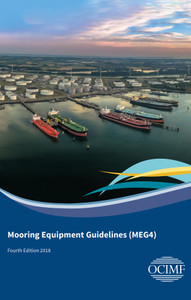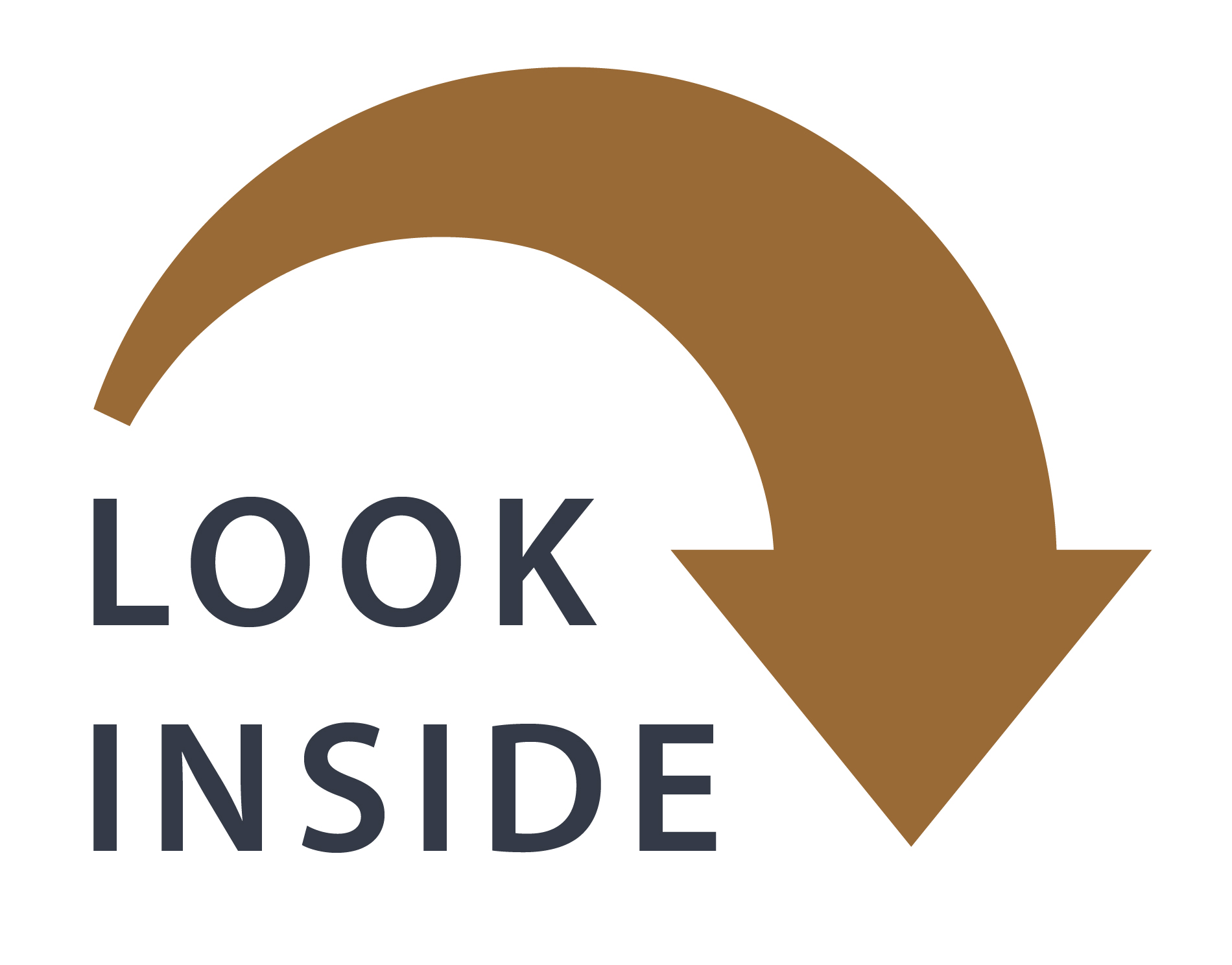
This publication provides a general introduction to mooring and how to stay safe during mooring operations. It is written in a style that will be easily understood by seafarers worldwide and can be used as a training guide for both new and experienced crew. Produced by the Oil Companies International Marine Forum (OCIMF), the guide is designed for oil tankers, barges and terminals, but the principles can be applied to any ship.
Mooring is one of the most complex and dangerous operations for ship and terminal crew. If something goes wrong, the consequences can be severe. This publication sets out clear and concise guidance on safe mooring procedures, with illustrations demonstrating best practice and potential hazards. It is aligned with the guidance in OCIMF’s Mooring Equipment Guidelines, Fourth Edition (MEG4), which contains more detailed technical information on the design and maintenance of mooring systems.
This new edition emphasises that the whole mooring crew are responsible for safety. It removes the concept of snap-back zones and stresses that the whole mooring deck should be considered a danger zone. There is additional guidance on barges and also on human factors, such as communication, fatigue and situational awareness.
1.1 What is the purpose of this guide?
This book gives seafarers general guidance on how to stay safe when mooring a ship. It is written in an easy-to-understand style for seafarers worldwide. More detailed technical information on the design and maintenance of mooring systems is in OCIMF’s Mooring Equipment Guidelines, Fourth Edition (MEG4).
Although this guide is mainly for use on tankers, a lot of the information is also valid for other ship types, including small vessels and barges.
This guide is not a book of rules. It gives recommendations on safety and good operating practices. Where stricter international, national or local regulations apply, they take priority.
1.2 What is new in this edition?
This edition is aligned with the guidance in MEG4 and updates and replaces Effective Mooring, Third Edition.
New in the fourth edition:
- Emphasis on the whole mooring crew being responsible for safety.
- Removed guidance on marking snap-back zones: the whole mooring deck is a danger zone.
- More guidance on barges.
- Simplified language and more cartoons, to make it easier to read.
- Addresses human factors, e.g. communication, fatigue, situational awareness, etc.
1.3 Who should read this?
This book is mainly for the ratings, cadets and junior officers who actually do the mooring operations – the inexperienced trying to improve their skills and knowledge as well as the experienced who can, at times, be a little over-confident. It is particularly important for general purpose ratings who might not ordinarily work on the deck.
1.4 Why do I need guidance on mooring?
Mooring is one of the first operations you do when the ship leaves or arrives in a port. It is also one of the most complex and dangerous jobs on board and can have serious consequences if things go wrong.
Mooring, towing and anchoring can put a lot of strain on lines and equipment because of the high forces involved.
On some ships, you may face challenges such as poor construction and design of the mooring deck, its arrangements and equipment.
Using the guidance in this book can help improve everybody’s safety. By acting as a team, being well prepared, knowing how to control the risks and looking out for each other, you are more likely to stay safe.
Take care and think carefully, especially on ships with structures that make it hard to see what is happening. Remember that at different berths, the mooring arrangements can be very different.
The same principles apply to anchoring and towing operations.
1.5 Reasons for accidents
Accidents can happen at any time, usually unexpectedly, when you think the operation is going to plan. You think you are safe, doing what you always do, then suddenly you are in a situation you never thought was going to happen. After all, you know what you’re doing, don’t you? Your perception of danger often decreases over time. Maybe you lose concentration, maybe you cut your procedures just a little bit or maybe you get a little complacent – then an accident suddenly happens. Accidents happen because of many factors, such as equipment, work processes, knowledge, concentration, safety culture and that great unknown: environmental conditions!
Section one
Introduction
1.1 What is the purpose of this guide?
1.2 What is new in this edition?
1.3 Who should read this?
1.4 Why do I need guidance on mooring?
1.5 Reasons for accidents
Section two
General mooring safety practices
2.1 Introduction
2.2 Safety culture and behaviour
2.3 Personal protective equipment
2.4 Tips for mooring practices and operations
2.5 Common risks and hazards
2.6 Taking care of mooring equipment
2.7 What does a mooring system do?
2.8 Typical mooring layout
Section three
Mooring lines
3.1 Types of mooring line
3.2 Line stiffness
3.3 Mixed moorings
3.4 Synthetic fibre tails
3.5 Steel wire lines
3.6 Synthetic fibre mooring lines
3.7 Snap-back
3.8 Care of mooring lines
3.9 Mooring line safety reminders
Section four
Mooring winches
4.1 Winch types
4.2 Winch control types
4.3 Winch drums
4.4 Winch brakes
4.5 Freezing weather
4.6 Winch awareness when joining a new ship
4.7 Winch safety reminders
Section five
Anchoring
5.1 Anchoring operations
5.2 Anchor chain stoppers
5.3 Anchor chains
5.4 Communication
5.5 Windlass brakes
5.6 Anchoring safety reminders
Section six
Tugs and barges
6.1 Safe handling of tug lines
6.2 Mooring operations on tugs and barges
6.3 Tug and barge safety reminders
Section seven
Ship/berth interface
7.1 Mooring operations on berths
7.2 Berth safety reminders
The Oil Companies International Marine Forum (OCIMF) is a voluntary association of oil companies with an interest in the shipment and terminalling of crude oil, oil products, petrochemicals and gas. OCIMF focuses exclusively on preventing harm to people and the environment by promoting best practice in the design, construction and operation of tankers, barges and offshore vessels and their interfaces with terminals. Learn more at www.ocimf.org
- Number of Pages:
- 68
- ISBN:
- 9781856098076
- Published Date:
- March 2019
- Binding Format:
- Paperback
- Book Height:
- 180 mm
- Book Width:
- 120 mm
- Weight:
- 0.2 kg
- Author:
OCIMF
- Preview:
- Yes






